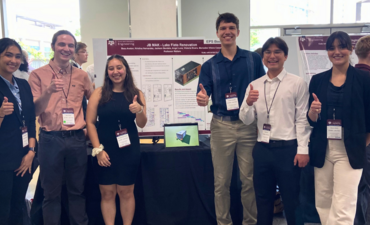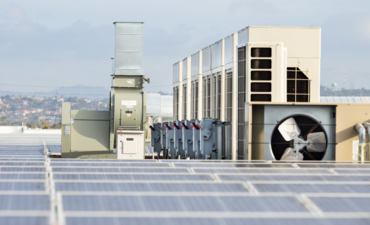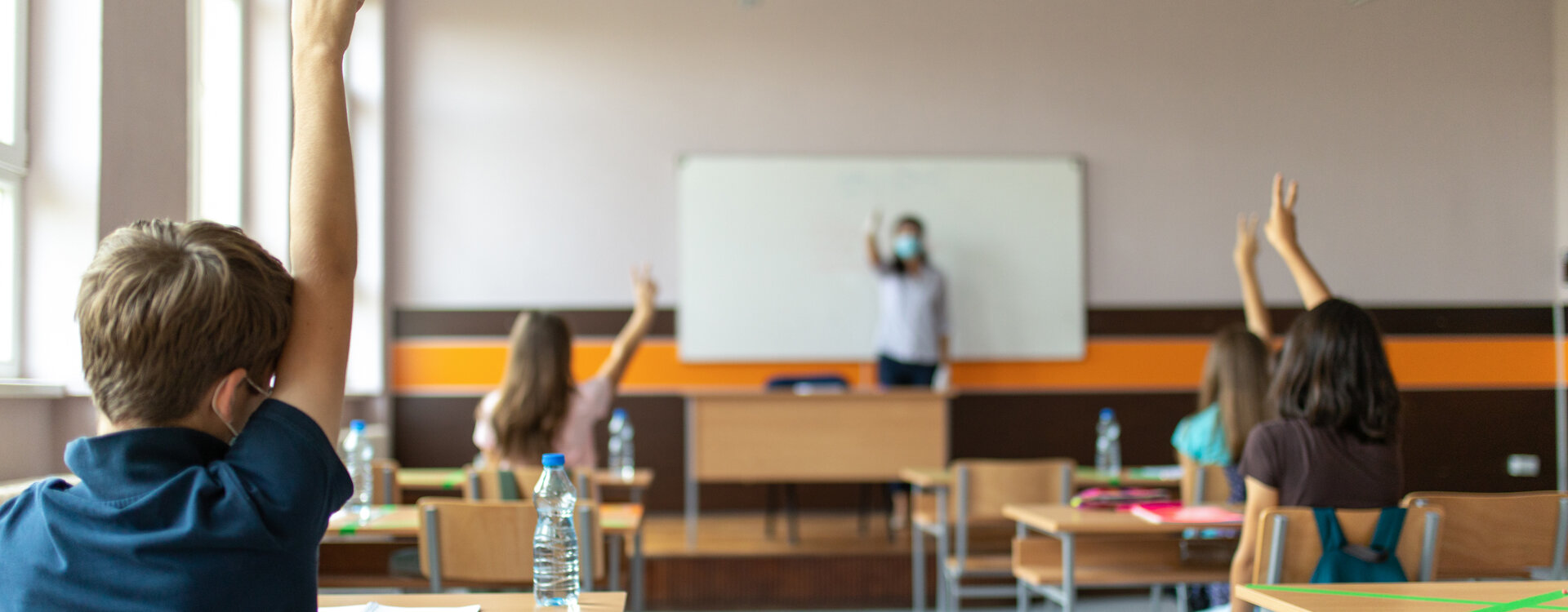
Strategically leveraging relief funds will provide many benefits for schools — especially investments in basic mechanical infrastructure that will reap rewards for decades to come.
In the wake of the COVID-19 pandemic, relief funding has been distributed to various entities across the country. With many acts and different programs to address the issues stemming from the pandemic, the magnitude of the relief funding is intended to address the larger, more significant needs at hand. Specifically, K–12 schools have been big winners in the receipt of funds under the three COVID-19 Relief Acts:
- The Coronavirus Aid, Relief, and Economic Security Act (CARES Act) signed by the President on March 27, 2020
- Coronavirus Response and Relief Supplemental Appropriations Act (CRRSA Act) signed by the President on December 27, 2020
- American Rescue Plan Act (ARP Act) signed by the President on March 11, 2021
These three bills provided $5.5 trillion in needed relief funds. Of that money, nearly $190 billion went to K–12 schools through direct allocations. Additional money from the bills were allocated to K–12 schools through their state governments via the Governor's Education Emergency Relief Funds (GEER) with some state governments further adding to those funds through state legislation.
But, K–12 schools have significant overall needs. In the first wave of the pandemic, schools were hit with unprecedented challenges in regard to protecting our children, teachers, and staff from the virus. As the pandemic evolved, they also faced significant challenges in transitioning to remote learning, and later in reopening schools. In each of these phases, these challenges cannot be overstated as they were and continue to be immense.
Much of the CARES Act money was used to address the initial challenges of providing personal protective equipment (PPE), barriers, sanitization, cleaning, and technology needs for remote learning. As the CRRSA Act money begins to flow to schools, they can now turn to addressing some long-time fundamental needs of their basic infrastructure for providing a safe learning environment. This will help address the immediate ventilation mitigation strategies directly related to COVID-19 as well as the overall indoor air quality (IAQ) requirements that are necessary beyond the pandemic.
Spend or Invest?
Leveraging this funding will provide long term benefits. When combined with energy and operational savings, funding used in infrastructure upgrades will yield four times the value to the schools. This type of infrastructure investment will be realized year after year in reduced operating costs and improved indoor environments.
Healthy Learning Environment Requirements
The Government Accountability Office estimates that 41 percent of school districts need to update or replace heating, ventilation, and air conditioning (HVAC) systems in at least half their schools. This highlights schools' significant mechanical infrastructure needs specifically as they prepare to fully reopen.
HVAC systems are critical to COVID-19 mitigation efforts because of their ability to control airborne pollutants and viruses and bring fresh outside air in classrooms. Even without considering COVID-19, HVAC systems play a major role in creating a safe and comfortable learning environment for students and school staff by improving IAQ and providing comfortable temperature levels. The Environmental Protection Agency has ranked indoor air pollution as one of the top five environmental risks to public health. In addition to COVID-19, the worsening wildfire threat in the western United States poses a major challenge to maintaining acceptable IAQ in our schools.
An unhealthy environment due to poor IAQ can directly negatively impact student learning and achievement. According to a study by the Lawrence Berkeley National Laboratory, increased ventilation rates are associated with reduced respiratory health effects and absenteeism and enhanced higher student performance in reading and math.
Operating Costs and Environment Impacts
In addition, HVAC systems are also among the largest energy consumers in schools. These high-energy-consuming systems carry a significant financial and environmental cost. In many schools, energy expenses represent the second highest expenditure after salaries. System improvements could significantly cut the amount schools spend on energy annually. Therefore, investing in improving HVAC systems in schools has the potential to yield significant returns. This money could instead be used for other school needs like salaries and additional student programs.
When recognizing the importance of the HVAC impact on student performance, operating costs, and the environment, the staggering amount of deferred maintenance at our nation's schools stands out as a serious national issue.
Future Opportunity
With money available and many programs, now is the time to seize the opportunity to address the ongoing and worsening issue of aging schools and their staggering deferred maintenance backlog. As the relief funds have provided a significant amount of money, many school officials have turned their focus to how best to spend these funds.
Schools have many immediate short-term needs, and it is understandable how many want to address those needs first. But, by instead leveraging some of the funds through investments for HVAC systems and energy infrastructure, student performance, operating budgets, and climate change can be addressed with significant results. Strategically leveraging relief funds will provide many benefits for schools — especially investments in basic mechanical infrastructure that will reap rewards for decades to come.
To learn more about using stimulus funding for energy infrastructure projects in K–12 schools, click here.
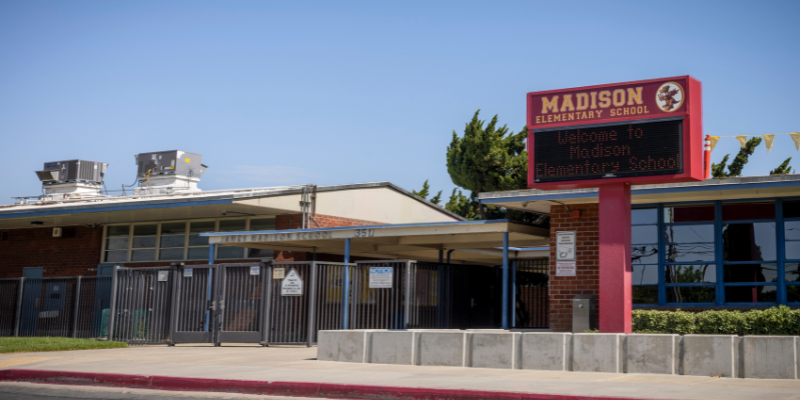
Exterior of Madison Elementary School, a member of Pomona USD
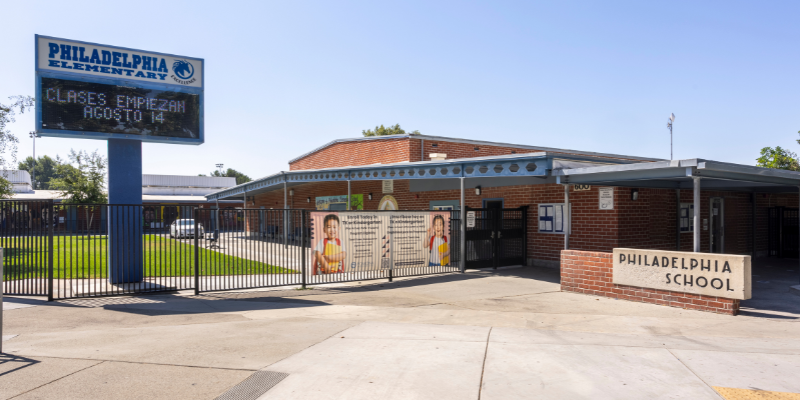
Exterior of Philadelphia Elementary School, a member of Pomona USD
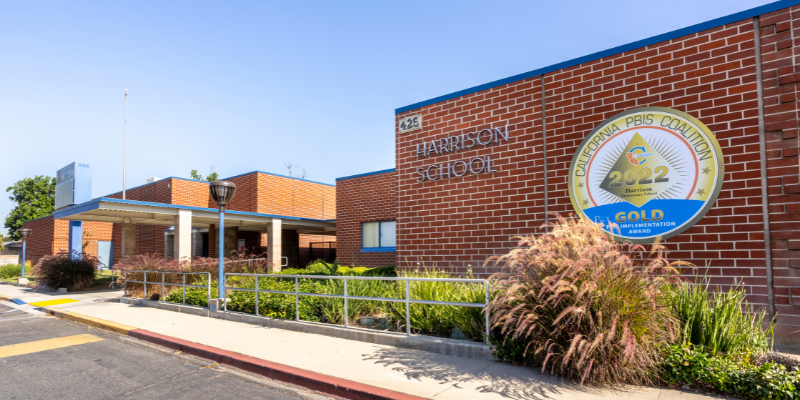
Exterior of Harrison School, a member of Pomona USD
Business Acquisition Manager
As Business Acquisition Manager, Maureen McDonald is responsible for developing relationships with clients across the United States to promote energy efficiency, renewable energy, and sustainability initiatives. With over 40 years of experience in the engineering field and nearly 20 specifically, as an energy professional, Maureen offers an immense depth of knowledge that has been instrumental in the development of a variety of custom-designed energy solutions to create increased overall energy efficiency and reduced operational expenses.


